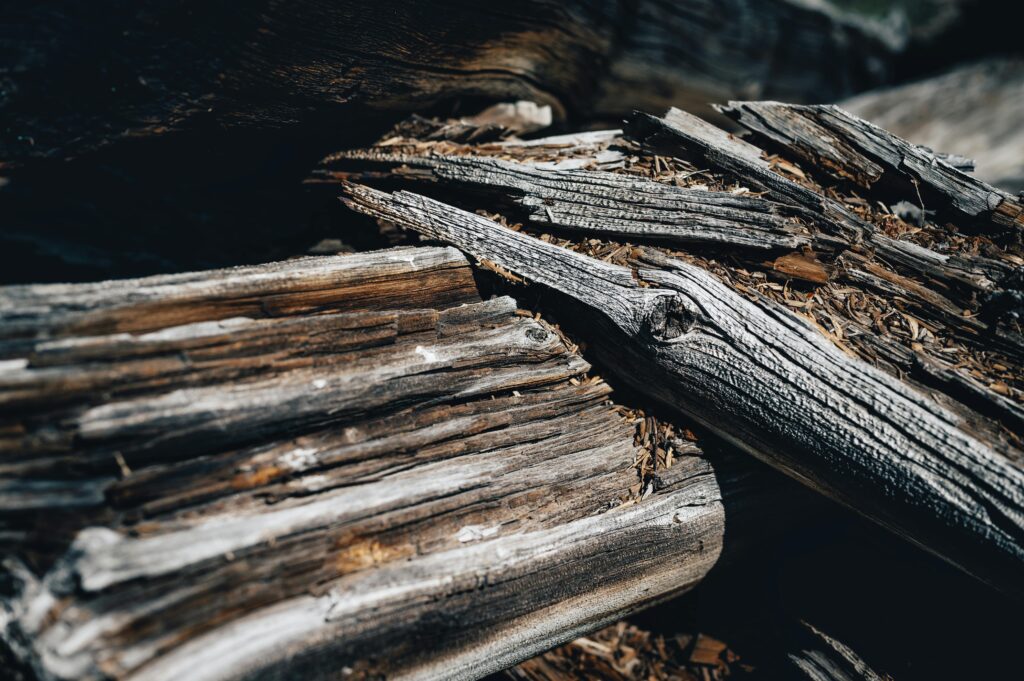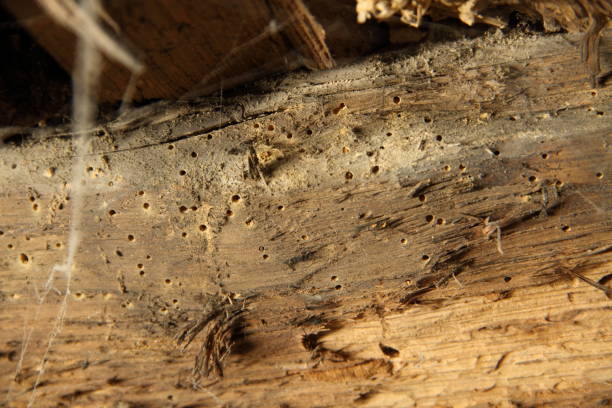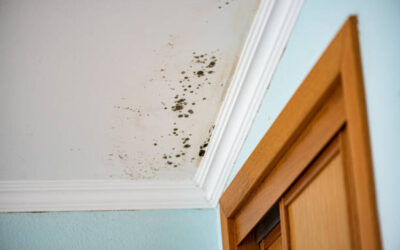Woodworm effective treatment in Cheltenham is the process of fully removing wood-boring insects from your property and protecting the timber from further damage. If you’re seeing small holes in your wood, dust-like powder nearby, or weak timber, these could be signs of woodworm. Professional treatment stops the problem at the source and keeps your home safe.
Many homeowners in Cheltenham search for answers when they spot damage, unsure if it’s serious or not. The truth is, once woodworm is active, the infestation can spread quickly and weaken structures without you knowing. This is why getting the right treatment — not just any spray or patch job — is so important.
A trusted woodworm consultant will inspect your home, find the exact areas of damage, identify the insect species, and apply a targeted treatment that works for your specific case. This isn’t just about removing what’s visible. It’s about stopping further harm and making sure your home stays strong for years to come.
If you’re unsure what to do next or if it’s worth calling someone out, this guide will walk you through everything you need to know. From spotting early signs to understanding how the treatment works, this article explains it all in plain English.
We’ll also answer questions many Cheltenham homeowners are already asking online — like “Will it come back?”, “Is it safe for kids and pets?”, and “How much does it cost?” By the end, you’ll feel clear on your next step, and who to call if you need fast, effective help.
How Do You Know If You Have Woodworm?
Knowing if you have woodworm early can save you time, money, and stress. The signs can be easy to miss at first, especially if the affected wood is hidden under floors, behind furniture or in lofts. But once you know what to look for, it becomes clearer.
One of the most common signs is small, round holes in wood. These are usually 1–2mm in diameter and look like they’ve been made with a fine drill. If the holes look clean and sharp, it may mean the infestation is active.
Another thing to check for is fine, powdery dust around or below these holes. This dust is called ‘frass’ and is left behind by wood-boring insects as they tunnel through timber. Fresh frass is a strong sign that the problem is ongoing. If it brushes away easily and comes back again, this could point to recent activity.
Weakened or crumbling wood is another red flag. If you can press your finger into the timber and it feels soft or breaks apart, woodworm might be inside eating away at it. Skirting boards, floorboards, roof timbers, and old furniture are often affected.
Sometimes, you might even spot the insects themselves. The adult beetles can appear in warmer months, often between May and September. They’re small, brown or black, and may be seen near windows as they try to get outside after emerging from the wood.
Some homeowners mistake old damage for a new infestation. That’s why professional help is key. A woodworm consultant will know how to tell if the holes are historic or active, and they’ll look for extra signs like eggs, larvae or humidity levels that support woodworm.
It’s also worth remembering that just because you can’t see it, doesn’t mean it’s not there. Loft spaces and subfloors are common hiding places. If you’re buying or selling a home, this check is even more important — undetected damage can affect the value of the property.
If you’re still unsure after doing your checks, it’s worth getting a proper inspection. The longer woodworm is left untreated, the more harm it can do. The good news is that once caught, it can be fully treated and prevented from returning with woodworm effective treatment in Cheltenham. Let’s look next at how it starts, and what causes it in the first place.

What Causes Woodworm And Where Does It Start?
Woodworm is caused by the larvae of wood-boring beetles. These beetles lay their eggs on the surface of timber, and once the larvae hatch, they burrow deep into the wood where they feed for several years before emerging as adult beetles. This feeding process is what causes the damage.
The problem often starts in timber with higher moisture levels. Wood that is damp, poorly ventilated, or untreated is far more likely to attract beetles. This includes loft timbers, basements, floorboards, and wooden beams — especially in older properties or those with existing damp problems. In Cheltenham, many homes have a mix of old and modern construction, making certain areas more prone than others.
Woodworm doesn’t just appear out of nowhere. It’s often linked to damp conditions, poor air flow, or lack of treatment in timber. Leaking roofs, cracked pipes, or condensation can raise humidity levels in certain areas of the house, creating the ideal setting for these insects to thrive.
Another common cause is bringing infected furniture into the home. Antique wooden furniture or reclaimed timber can sometimes carry beetle eggs or larvae that go unnoticed until the damage becomes visible.
Once woodworm has started in one area, it can spread if the conditions are right. The adult beetles that emerge will lay fresh eggs nearby, often in the same wood or in timber close by. This is why it’s important to catch it early and treat the full affected area — not just where holes are visible.
Some homeowners think that keeping their home clean will stop woodworm, but it’s not a cleanliness issue. It’s about moisture, temperature, and untreated wood. Even freshly cut or stored firewood can attract beetles if it’s brought indoors and left near flooring or timber structures.
Preventing woodworm means keeping wood dry and properly treated. But once it’s active, treatment needs to go beyond surface cleaning. In the next section, we’ll explain exactly how professional woodworm treatment in Cheltenham works, and why hiring experts makes all the difference when it comes to saving your home.
How Experts Carry Out Woodworm Effective Treatment In Cheltenham
When it comes to woodworm treatment in Cheltenham, the best results come from trained experts who understand how to fully remove the problem and stop it from coming back. It’s not just about spraying something on the surface and it’s a careful process that starts with proper inspection and ends with long-term protection.
The first step is a full survey of the property. A professional will inspect all areas where timber is present, especially in lofts, under floorboards, roof spaces, and around skirting. They’ll check for signs of active woodworm, like fresh frass, exit holes, soft timber, and live larvae. Moisture readings may also be taken, as damp wood is more at risk.
Next, they’ll identify the type of beetle. There are several species in the UK that cause woodworm, and the treatment used depends on which one is present. The most common is the Common Furniture Beetle, but others like the Deathwatch Beetle or House Longhorn Beetle need different levels of care.
Once the type is confirmed, woodworm effective treatment in Cheltenham begins. For most infestations, a specialist timber treatment fluid is applied to the affected wood. This soaks deep into the timber and kills any larvae inside. The spray also stops new beetles from laying eggs, which breaks the cycle and prevents the problem from coming back.
In severe cases, the damaged wood may need to be removed and replaced. This is especially true if the structure of the home is affected. Experts will also check nearby timbers to make sure the infestation hasn’t spread.
All work is done in a way that’s safe for children, pets, and other parts of the home. The treatments used by professionals are tested and approved, and most properties can be re-entered within hours after treatment is complete.
Once the job is done, you’ll receive a full report explaining what was found, what was treated, and any steps to take to avoid future problems. Some companies also offer long-term guarantees for peace of mind.
This expert-led approach means the job is done right the first time.

Can Woodworm Come Back After Treatment? What You Should Know
One of the biggest concerns for homeowners is whether woodworm can return after it has been treated. The answer depends on the quality of the treatment and how well conditions are controlled after the job is done.
When woodworm effective treatment is carried out properly by a qualified expert, it should stop the infestation completely. The spray used penetrates the timber, killing off any larvae still inside and preventing new eggs from settling. However, this only works if the source of the problem — usually damp or poor ventilation — is also dealt with.
If the wood stays damp after treatment or if the space continues to have poor airflow, it’s possible that another infestation could happen in the future. This wouldn’t be the same insects returning, but new ones finding the timber attractive again. That’s why prevention is just as important as the treatment itself.
Professional surveyors often recommend steps to reduce the risk of woodworm coming back. This might include improving ventilation in lofts or under floors, repairing leaks, treating other wooden areas as a precaution, or making sure any new wood brought into the house is dry and treated.
It’s also important to follow any care instructions given after woodworm effective treatment in Cheltenham. In most cases, the treated areas can be used as normal, but your expert might suggest keeping the space dry and avoiding painting or covering treated wood for a short time, so the product can fully settle in.
If you’ve had a serious case of woodworm and parts of the timber had to be replaced, it’s worth getting regular checks afterwards. Many companies offer yearly inspections as part of a treatment guarantee. This helps catch any problems early if they return.
In short, proper treatment followed by good aftercare should stop woodworm from coming back. But if the conditions that allowed it in the first place remain unchanged, the risk does still exist.
Need Help? Why We Always Recommend Local Experts For Woodworm Effective Treatment In Cheltenham
When it comes to woodworm, it’s not something you want to guess at or leave for later. We’ve seen first-hand how fast it can damage timber, especially in homes around Cheltenham where damp conditions are more common than people realise. That’s why we always recommend working with local experts who understand the buildings, the weather, and the types of beetles that show up in this area.
A local woodworm consultant doesn’t just bring the right tools — they bring local knowledge. They know which properties are most at risk, what signs to look for, and which treatments work best. You don’t get that level of insight from a national firm or a general tradesperson.
We’ve helped hundreds of homeowners across Cheltenham stop woodworm in its tracks. From small patches in old furniture to large roof spaces in listed homes, we’ve dealt with it all. And we don’t stop at just applying treatment. We take the time to check for underlying causes, explain everything in plain English, and give honest advice on what to do next.
If you’ve spotted holes in your timber, soft wood underfoot, or you’re just unsure whether your property is at risk, give us a call. The sooner you act, the easier and cheaper it is to fix. Waiting only gives the insects more time to eat through the wood you rely on.
We’re ready to help with fast, friendly and reliable service. And because we’re based right here in Gloucestershire, you’re never far from expert support when you need it.
Contact us today on to book your inspection and get woodworm sorted once and for all.




